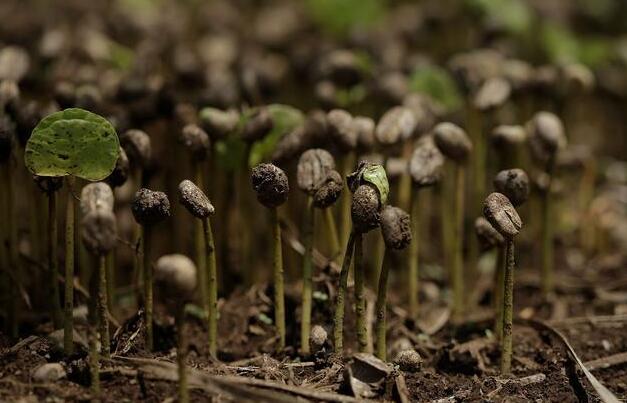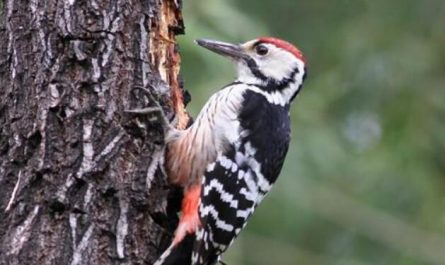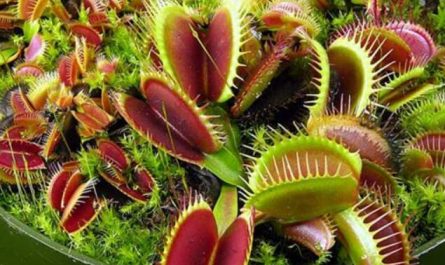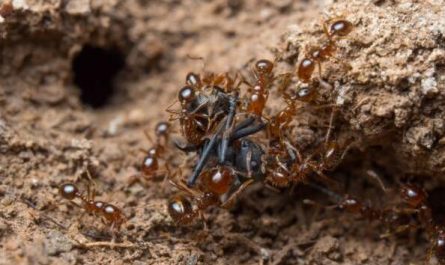The leaves of plants sleep, the flowers sleep, and the seeds of plants sleep and dormant. But why do the seeds dormant? How long do you sleep?
Animal dormancy is to adapt to changes in the external environment. The dormancy of seeds is for themselves to take root and germinate at the right time, and for their own survival.
Under normal circumstances, after the seed matures, when the temperature, humidity and oxygen are suitable, the seed does not germinate, that is, the seed is dormant. Generally speaking, there are two reasons for seed dormancy: one reason is that the seed coat or seed husk of the seed has not been damaged, and the seeds wrapped in it are impermeable and airtight, so they cannot germinate; It seems that the seeds are mature. In fact, the embryos of the seeds are not yet fully developed, and they need to absorb nutrients from the endosperm to continue to develop, and the seeds also need hormones or substances that stimulate germination to germinate. Seeds like ginkgo, ginseng, etc. are in this case.
In fact, seed dormancy is also to avoid the harsh natural environment. The seeds of many fruit trees, such as apples, pears and oranges, dormant in the cold winter to avoid the possibility of freezing to death after germination. There are also cacti in arid areas. The seeds will avoid the dry season to germinate, also for their own growth safety.
The dormancy period of the seeds will be different. Scientists once found a seed of a date tree that was dormant for more than two thousand years. After the dormancy state was lifted, the seed could still germinate and grow normally. Plant dormancy is a behavior that adapts to the external environment in the long-term system development process, through dormancy to adjust seed development to the best time, and expand their growth range as much as possible.






